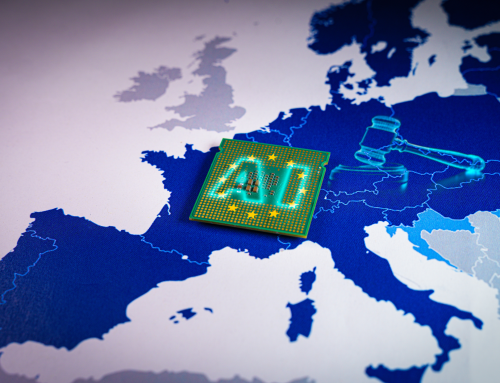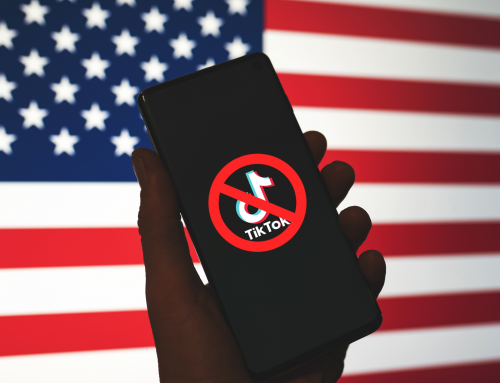In a world where technology is becoming ever more sophisticated, the creativity of cyber criminals seems to know no bounds. A shocking case from Hong Kong shows just how far fraudsters will go to get their hands on money: An employee was tricked into transferring almost 24 million euros through a video conference in which all participants were replaced by AI-generated deepfakes. This incident marks a sinister milestone in the evolution of the “boss scam” and raises pressing questions about cyber security in the modern workplace.
A digital heist of the new era
The story sounds like the plot of a sci-fi thriller: an employee is invited to a video conference in which all other participants are represented by deceptively real AI generations of colleagues. Convinced of the authenticity of those present, the employee makes 15 transfers, which together are worth almost 24 million euros. Only a personal conversation with his real boss brings the shocking truth to light.
How could the fraudsters be so convincing?
The perpetrators appear to have first obtained internal videos of the company concerned and then provided them with AI-generated voices. The perfection with which the deepfakes imitated the actual employees was so convincing that the victim did not suspect anything. This incident demonstrates not only the impressive possibilities of artificial intelligence, but also its potentially dark side.
What does this mean for the future of digital security?
This incident is a wake-up call for companies worldwide to take cyber security more seriously and train their employees accordingly. The Hong Kong police are using this case to highlight the new dangers that come with increasing digitalization. At a time when online meetings have become the norm, both companies and individuals must learn to critically scrutinize the identity of their interlocutors and verify information through known and secure channels.
A look into the future
While technological development brings many benefits, it also opens up new opportunities for fraud. The case in Hong Kong shows that criminals are constantly finding new ways to abuse technology for their own purposes. It is therefore crucial that both the technology industry and users remain vigilant and keep up to date with the latest security measures.
Conclusion
The case of the €24 million digital heist in Hong Kong is a dramatic example of how the lines between reality and digital deception can become blurred. It underlines the need to invest in a robust cyber security culture and provide ongoing training to employees to prevent such fraud in the future. In the digital era, it is more important than ever to remain vigilant and verify the identity of our digital counterparts.







